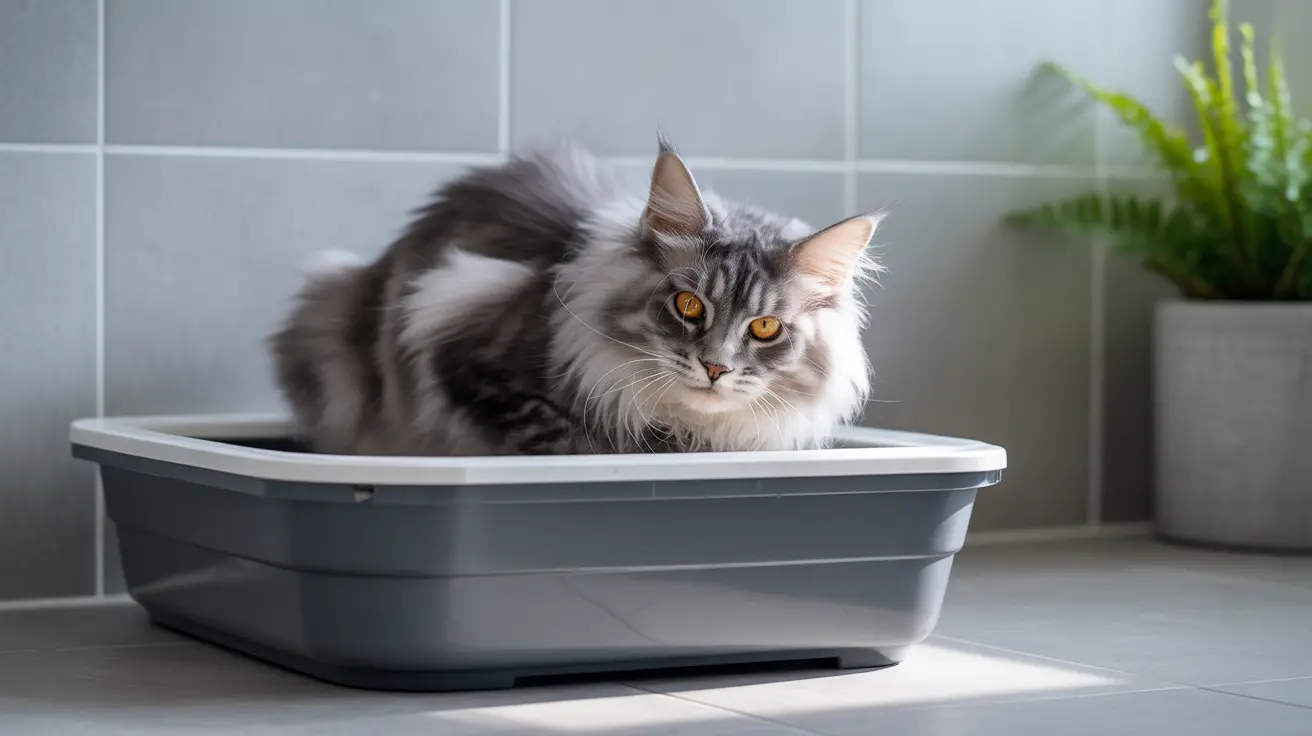If you've ever watched your cat use their litter box, you've likely noticed them vigorously scratching the sides before or after doing their business. This common feline behavior often leaves pet parents wondering about its purpose and significance. Let's explore the fascinating reasons behind this instinctual activity and what it might tell you about your cat's health and well-being.
From ancient survival instincts to modern-day communication, this seemingly simple behavior serves multiple important functions in your cat's daily routine. Understanding these motivations can help you ensure your cat's litter box setup meets their needs and potentially identify any underlying issues requiring attention.
Natural Instincts Behind Litter Box Scratching
Cats are hardwired with territorial and survival instincts passed down from their wild ancestors. Scratching the sides of the litter box primarily stems from their natural desire to bury waste and mark territory. Wild cats developed this behavior to hide their presence from predators and prey alike.
Your domestic cat's paws contain scent glands that release pheromones during scratching, effectively marking their territory. This explains why the behavior often intensifies in multi-cat households, where establishing boundaries becomes more important.
Environmental Factors Affecting Scratching Behavior
Litter Box Size and Setup
The dimensions of your cat's litter box play a crucial role in their scratching behavior. A box should be at least 1.5 times your cat's length to allow comfortable movement. When the box is too small, cats may scratch the sides more frequently out of frustration or spatial constraints.
Litter Depth and Quality
Cats need approximately 2-3 inches of litter to satisfy their natural digging and burying instincts. Insufficient litter depth often results in increased side scratching as your cat attempts to gather enough material to cover their waste. Similarly, poor quality or uncomfortable litter types can trigger excessive scratching.
Health and Comfort Considerations
Sometimes, excessive scratching of the litter box sides can indicate underlying health issues. Cats experiencing urinary tract infections or digestive problems may demonstrate unusual litter box behaviors, including increased scratching. Watch for other signs of discomfort or changes in elimination habits.
Stress and anxiety can also manifest through altered litter box behavior. Changes in household routine, new pets, or environmental modifications might cause your cat to scratch more frequently as a coping mechanism.
Solutions for Excessive Scratching
To minimize problematic scratching behavior, ensure your cat's litter box setup meets their needs:
- Maintain proper litter depth consistently
- Clean the box at least once daily
- Provide multiple boxes in multi-cat homes
- Choose appropriate box sizes and locations
- Use cat-preferred litter types
Frequently Asked Questions
Why do cats scratch the sides of the litter box before and after using it?
Cats scratch before using the box to check for safe elimination spots and after to bury their waste and mark territory. This behavior stems from natural instincts to hide evidence of their presence from predators and other cats.
How does litter depth affect a cat's scratching behavior in the litter box?
Insufficient litter depth (less than 2-3 inches) can cause increased scratching as cats attempt to gather enough material to cover their waste. Maintaining proper litter depth helps satisfy their natural burying instincts.
Can scratching the litter box sides indicate health problems in cats?
Yes, excessive or unusual scratching patterns can signal various health issues, including urinary tract infections, digestive problems, or anxiety. Consult a veterinarian if you notice significant changes in your cat's litter box behavior.
What role does litter box size and cleanliness play in a cat scratching the sides?
A too-small box or dirty litter can increase scratching behavior as cats struggle to find clean spots or comfortable positions. Regular cleaning and appropriately sized boxes help reduce excessive scratching.
How can I reduce my cat's excessive scratching of the litter box sides?
Provide adequate litter depth, maintain cleanliness, ensure proper box size, and address any stress factors. Consider multiple boxes in multi-cat homes and monitor for potential health issues requiring veterinary attention.
Understanding your cat's litter box behavior helps maintain their health and happiness. While scratching the sides is usually normal, being attentive to changes in this behavior can help you catch potential problems early and ensure your cat's needs are met.






